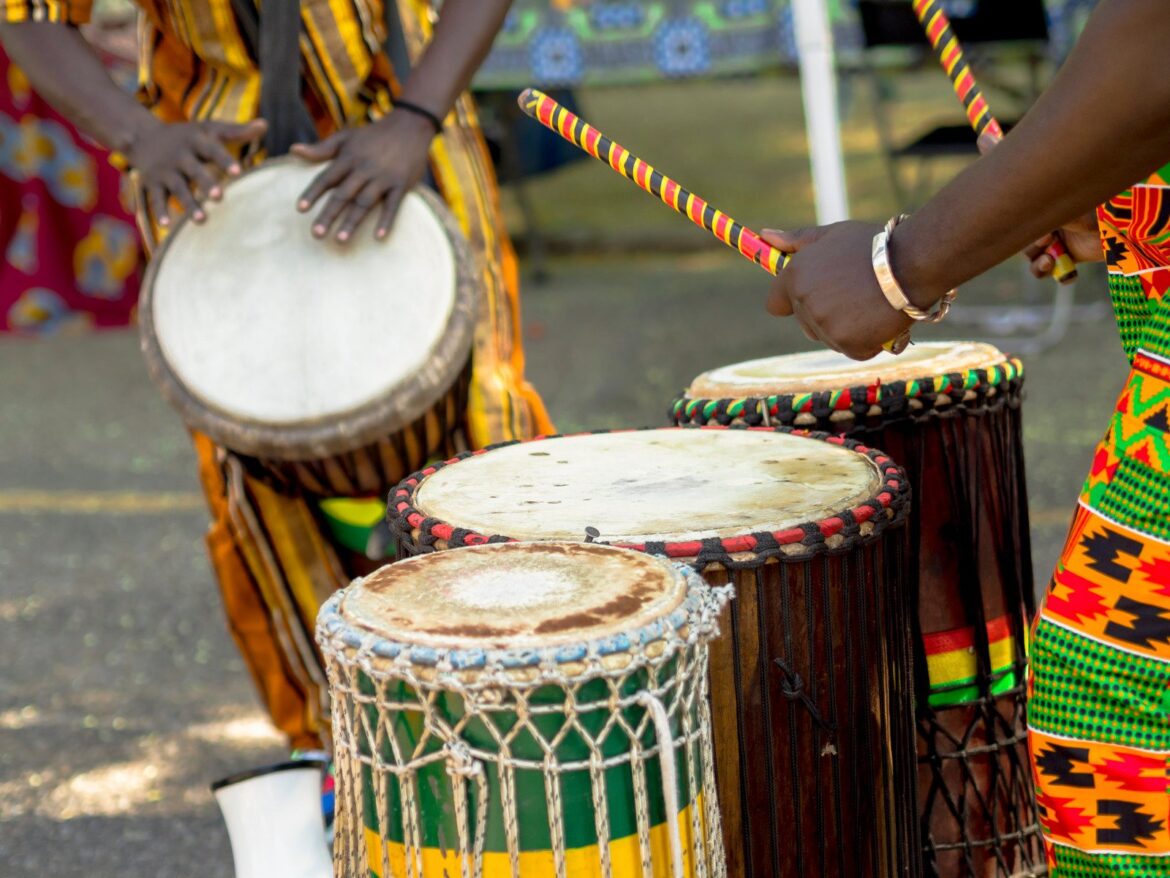The human body has always been a subject of fascination, admiration, and sometimes controversy. Among the many physical attributes that draw attention, gluteal proportions—particularly in African women—have become a topic of both cultural celebration and scientific curiosity. The “Unusual Award N.13: Extreme Gluteal Proportions in African Woman” highlights a phenomenon that blends biology, aesthetics, and societal perceptions. This article delves into the cultural significance, biological factors, and modern-day influences that shape the perception of extreme gluteal proportions in African women. We will also address frequently asked questions to provide a comprehensive understanding of this unique physical trait.
The Cultural Significance of Gluteal Proportions in African Societies
In many African cultures, voluptuous body shapes, including pronounced gluteal proportions, have long been celebrated as symbols of beauty, fertility, and health. Unlike Western beauty standards, which have historically favored slimmer figures, African traditions often associate fuller hips and buttocks with femininity and prosperity. Various ethnic groups, such as the Hottentot (Khoikhoi) people of Southern Africa, have been noted for their naturally prominent gluteal structures, which were both admired and exoticized by European colonizers.
Art, folklore, and traditional dances across the continent often emphasize the buttocks as a focal point of beauty. For example, the “Gwari” dance in Nigeria and the “Mapouka” dance in Côte d’Ivoire highlight rhythmic gluteal movements, reinforcing cultural pride in this physical trait. Even today, social media trends and global fashion have brought African gluteal aesthetics to the forefront, influencing beauty standards worldwide.
Biological and Genetic Factors Behind Extreme Gluteal Proportions
The pronounced gluteal proportions observed in many African women are not merely a cultural preference but also a biological phenomenon. Genetics play a significant role in fat distribution, with certain populations predisposed to storing more adipose tissue in the gluteal and femoral regions. This trait, sometimes referred to as “steatopygia,” is a natural adaptation that may have evolutionary benefits, such as energy storage for times of scarcity or enhanced reproductive health.
Hormonal influences, particularly estrogen, contribute to fat accumulation in the lower body, creating the characteristic curves seen in many African women. Additionally, muscle structure and pelvic bone alignment can further accentuate gluteal prominence. While modern cosmetic procedures like Brazilian Butt Lifts (BBL) have popularized exaggerated gluteal shapes artificially, the natural occurrence of this trait remains a distinctive feature among African women.
Modern Influences: From Cultural Pride to Global Phenomenon
In recent years, the global entertainment and fashion industries have amplified the appeal of extreme gluteal proportions. Celebrities like Kim Kardashian, Nicki Minaj, and Beyoncé have popularized curvaceous body types, drawing inspiration from African and Afro-descendant beauty ideals. However, this global fascination has also sparked debates about cultural appropriation versus appreciation.
Social media platforms like Instagram and TikTok have further propelled the trend, with influencers showcasing workouts, fashion, and cosmetic enhancements aimed at achieving fuller buttocks. While this has empowered many women to embrace their natural shapes, it has also led to unrealistic beauty standards and risky cosmetic procedures. The “Unusual Award N.13” serves as both a recognition and a critique of how extreme gluteal proportions are perceived in contemporary society.
Health Implications and Societal Perceptions
While large gluteal proportions are often celebrated, they can also pose health considerations. Excessive fat accumulation, though genetically natural for some, may increase risks of conditions like lipedema or joint stress. Conversely, a well-proportioned lower body can indicate good metabolic health, as gluteal fat is less harmful than visceral fat surrounding organs.
Societal perceptions remain polarized—some view extreme gluteal proportions as empowering, while others criticize the hypersexualization of Black women’s bodies. The “Unusual Award N.13” raises questions about whether such recognition celebrates diversity or reinforces objectification. Understanding the balance between admiration and fetishization is crucial in discussions about body aesthetics.
Conclusion
The “Unusual Award N.13: Extreme Gluteal Proportions in African Woman” encapsulates a complex interplay of biology, culture, and modern influence. From traditional African beauty ideals to global pop culture trends, the prominence of gluteal proportions continues to shape perceptions of femininity and attractiveness. While genetics and evolution explain the natural occurrence of this trait, societal attitudes range from reverence to controversy. As discussions around body diversity evolve, it is essential to appreciate these features without reducing them to mere spectacle. Ultimately, the celebration of extreme gluteal proportions should honor their cultural roots while promoting body positivity and health awareness.
Frequently Asked Questions (FAQs)
1. What causes extreme gluteal proportions in African women?
The primary factors are genetic predisposition and hormonal influences, particularly estrogen, which promotes fat storage in the gluteal region. Evolutionary adaptations may also contribute to this trait.
2. Is having a large buttocks a sign of good health?
In many cases, gluteal fat is subcutaneous and less harmful than abdominal fat. However, extreme proportions should be monitored for potential health impacts like joint strain or lipedema.
3. How have modern beauty trends affected perceptions of gluteal size?
Social media and celebrities have popularized fuller buttocks, leading to both increased body positivity and rising demand for cosmetic enhancements like BBL surgeries.
4. Are there traditional African dances that emphasize gluteal movements?
Yes, dances like the Nigerian “Gwari” and Ivorian “Mapouka” highlight gluteal motions as part of cultural expression and celebration.
5. Does the “Unusual Award N.13” promote body positivity or objectification?
This depends on perspective—while it recognizes a unique physical trait, critics argue it may exoticize African women’s bodies rather than celebrate them authentically.

